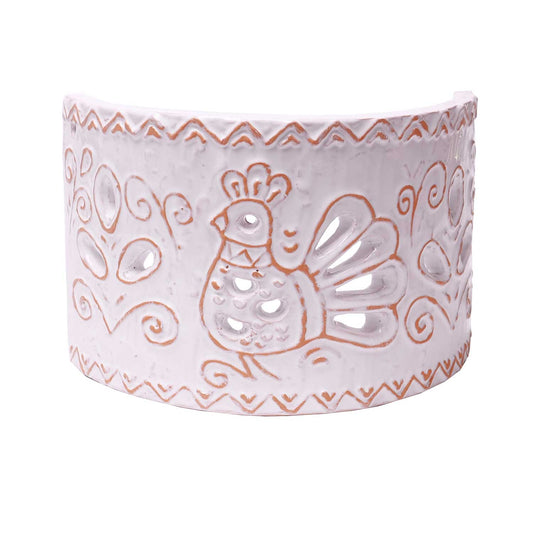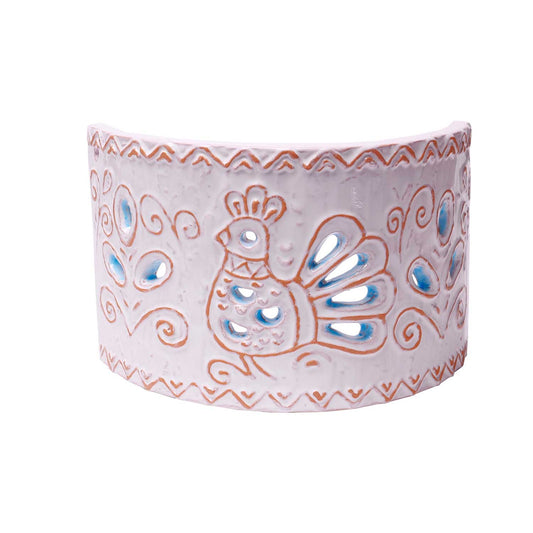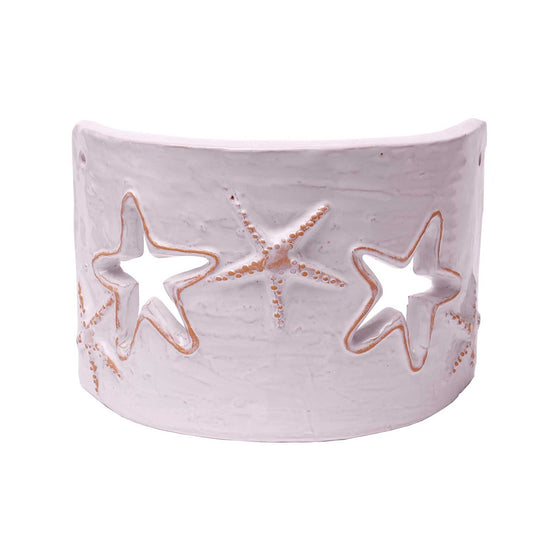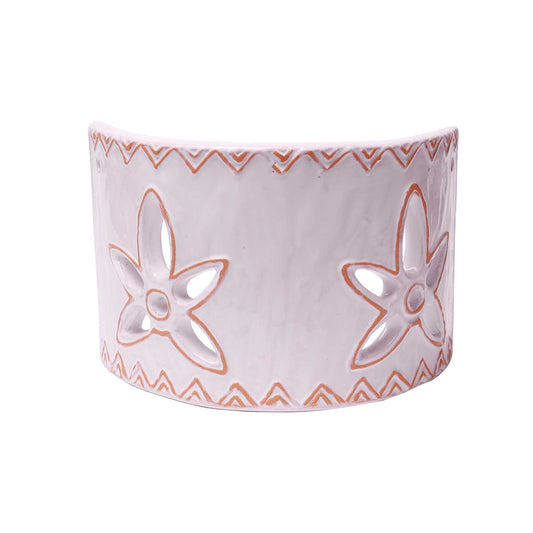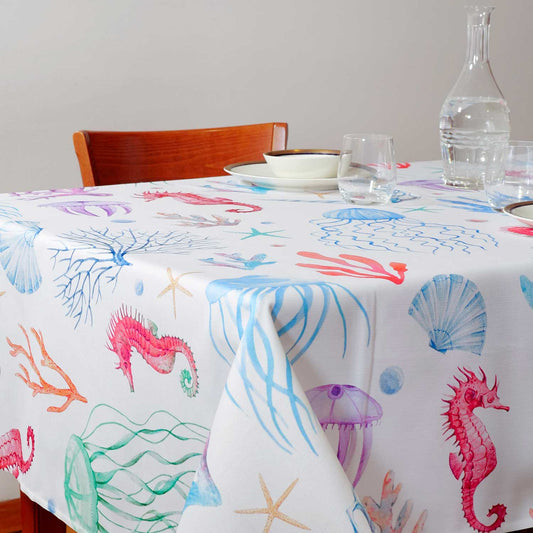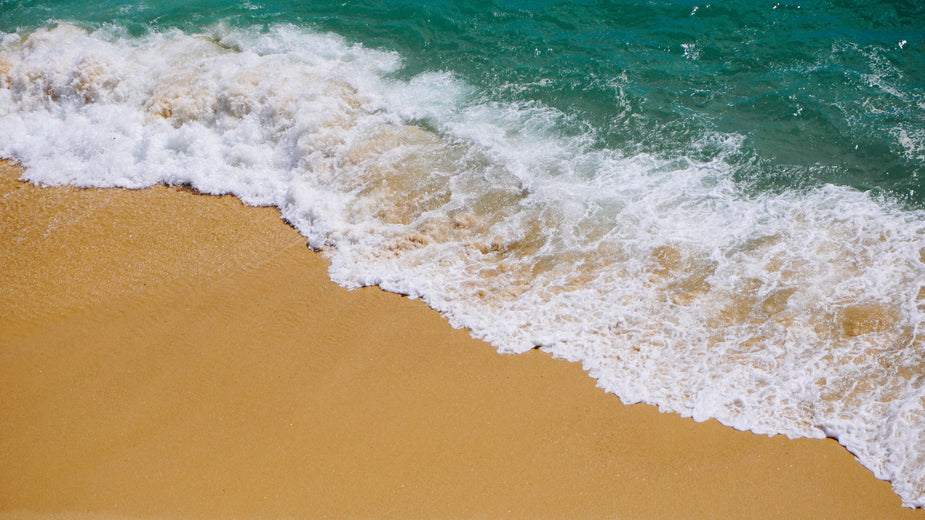
How to Furnish a Small Seaside Studio?
If we were to establish a general rule for furnishing a seaside studio, we should start with this premise: listen to the client and their needs, because the primary goal of designing a space is to enhance the well-being of its inhabitants. Therefore, it is important to clearly identify who our target audience is, as the choice of furniture can vary significantly. For the "Architecture and Design" column, we sought advice from civil engineer and architect Stefania Placco. Below, we present some of her tips that will help us better understand the delicate balance of furnishing according to the purpose of the home.
Designing the decor of a seaside home.
If we are furnishing a B&B or a studio apartment to turn it into a hospitality establishment, our target clients are, on one hand, the property owners who decide to consult an architect to design or renovate the interiors; on the other hand, it is the tourist who chooses to spend their vacation in this space. It is based on the needs of the latter—comfort, versatility, cultural experience—that we can rethink the decor from every angle.
To make the spaces in our seaside studio more enjoyable, functional solutions need to be studied, incorporating both aesthetic and practical considerations: for example, we choose "space-saving" furniture – which allows us to store infrequently used items – with a minimal design that blends with the walls to visually lighten the overall space. Additionally, it is always preferable to select furniture with surfaces and materials that are easy to clean; sliding doors, recessed handles, or push-pull mechanisms are preferred for a streamlined aesthetic. White is the preferred dominant color, as it conveys the sense of lightness and freshness we want in a seaside home. Although color perception is a subjective process (where the brain responds to the stimuli produced when incident light interacts with the different types of cones in the eye), white generally gives a sense of spaciousness to rooms and reflects natural light, increasing the brightness of the spaces and providing an immediate feeling of order, cleanliness, and hygiene.

Ideas for a bright studio apartment
To design a brighter interior, we carefully study the house’s exposure: the most favorable orientation to receive natural sunlight—and enjoy its related psychological and physical benefits—is to have the “living area” facing south, while it is preferable to orient the bedrooms toward the east. Additionally, if possible, we can choose to install automated skylights equipped with roller blinds, shutters, and preferably sensors. These not only provide natural zenithal light but also serve as excellent regulators of the indoor microclimate. Indeed, some skylights come with specific sensors that monitor temperature, humidity, and CO2 levels inside the house and open or close the windows to ensure optimal internal conditions. The ceiling opening itself helps to remove hot air by utilizing its natural upward flow; thus, a strategically opened skylight at certain times allows us to cool the room. Furthermore, intelligent sensors protect the house from excessive heat by closing external shutters or sun shades when necessary, or even by closing the skylight in case of rain.

If we already have nice windows and want to enhance their light, choose fresh and lightweight curtains with barely-there linen textures to allow for play with light and shadow according to the needs throughout the day. Also, consider external systems to block sunlight during the hottest hours. Referring to the regulations, Annex M of Legislative Decree 311/2006 defines solar shading systems as "systems applied to the outside of a transparent glazed surface that allow for variable and controlled modulation of energy and optical luminous parameters in response to solar radiation." The most common types are: shutters or blinds (solid and perforated), adjustable slats, awnings, canopies, and sun breakers (or brise soleil).
At the same time, for furnishings, choose a palette of light colors on a neutral base—preferably white, as mentioned earlier—combined with decor items featuring details that evoke sea colors—such as light blue and blue—in soft and delicate shades.
-
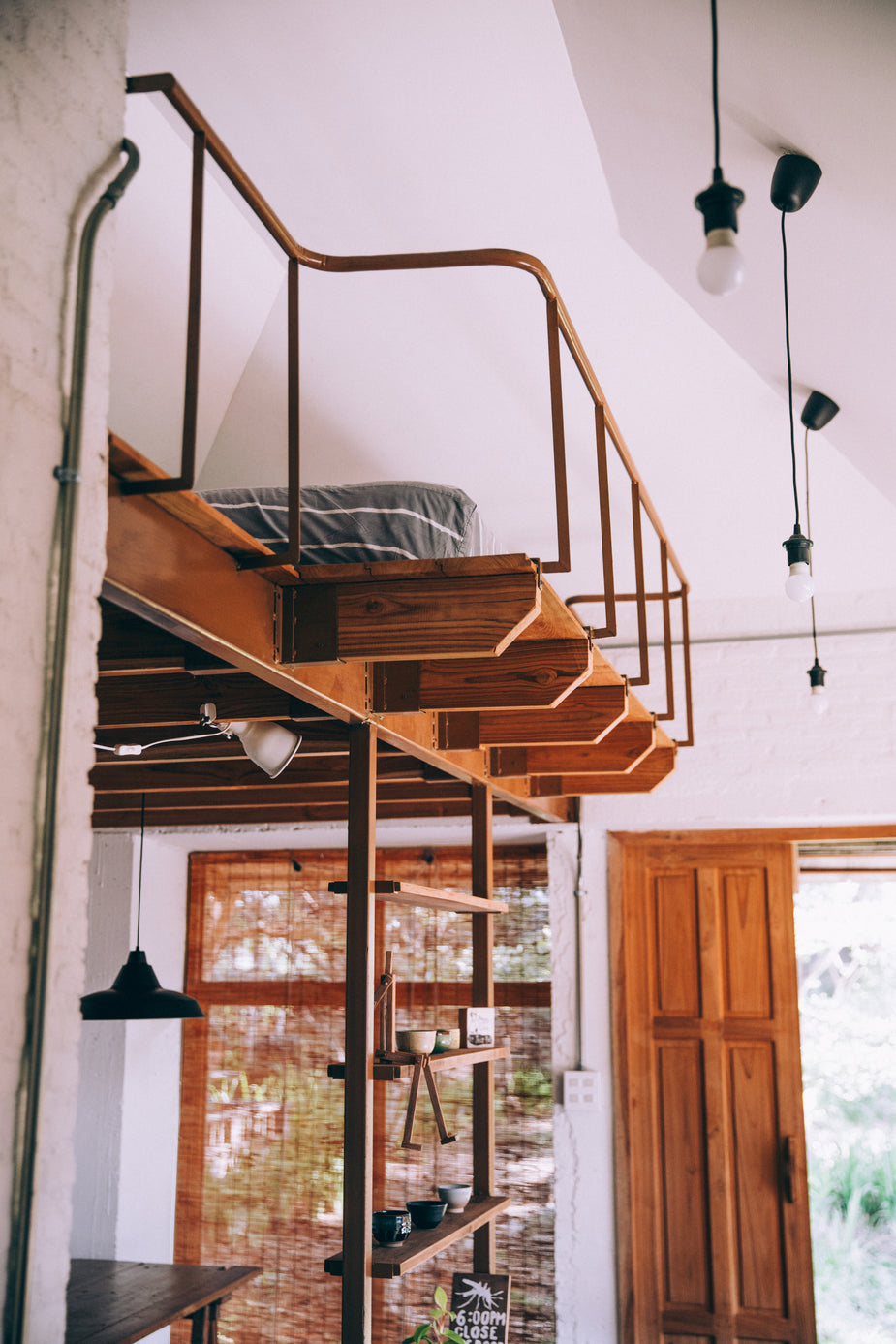
-
Ideas for decorating a beach house
Let's choose items decorated with watercolor details, perhaps with “marine” themes to evoke the coastal location. We should be careful not to fall into the “boat” effect with decorations like anchors or knotted ropes; an excess of details might create a kind of theme park set.
The key is: never overload!
Instead, let’s draw inspiration from the functional structures of sailboats. One detail we could incorporate into our beach house is the railing made of steel cables. In a house with very high ceilings, we could create a mezzanine with wooden flooring (whose brown tones can visually “warm up” the space) and a steel cable railing with simple, linear lines. This creates an opening that allows for a more airy connection between the two spaces while aesthetically evoking the idea of a sailboat—essential and streamlined.
Once the base colors are defined, we can focus on finding the most suitable accessories: ceramic lamps, cushions in traditional fabrics, rugs for the sleeping area, and so on. Let's choose items decorated with watercolor details, perhaps with “marine” themes to evoke the coastal location.
We should be careful not to fall into the “boat” effect with decorations like anchors or knotted ropes; an excess of details might create a kind of theme park set. The key is: never overload!
Furnishing with light
If we need to rethink the interior lighting in our B&B, we can choose from several solutions to furnish with light: table lamps, wall sconces, and chandeliers. For the kitchen, an area that requires attention and good visibility during preparation, LED lighting is preferable. We could install it in two forms: linear fixtures for a more overall bright light, or directional spotlights for more intense lighting in work areas.
For the living room, if we want to achieve a more relaxing effect, we can install wall sconces.
-
Ceramic Wall Light with White Pavoncella Motif, Small Size
Regular price €55,00 EURRegular priceUnit price / per -
Ceramic Wall light with turquoise pavoncella motif, small size
Regular price €55,00 EURRegular priceUnit price / per -
Ceramic Wall light with White and Terracotta Starfish Design, Small Size
Regular price €55,00 EURRegular priceUnit price / per -
Ceramic Wall light with white lily and terracotta motif, small size
Regular price €55,00 EURRegular priceUnit price / per
Here, too, we can create a maritime-themed atmosphere with delicate colors, favoring a “tone-on-tone” approach. For example, on a neutral and light wall—such as ecru or white—we could install a white wall sconce with a small detail, like a raised starfish or a colorful seashell. These are just a preview of the themes we will explore in future articles, together with civil engineer and architect Stefania Placco.

Tablecloth with underwater decoration
-

Idee Regalo: Gioielli natalizi Artigianali in a...
Scopri come scegliere gioielli natalizi artigianali in argento: fedi sarde, fedine, collane e orecchini per regali originali e legati alla tradizione.
Idee Regalo: Gioielli natalizi Artigianali in a...
Scopri come scegliere gioielli natalizi artigianali in argento: fedi sarde, fedine, collane e orecchini per regali originali e legati alla tradizione.
-

Soggiorno Natalizio: idee semplici per renderlo...
Trasforma il tuo soggiorno natalizio in uno spazio accogliente e rilassante con addobbi semplici: cuscini, albero, luci e piccoli dettagli che parlano di te.
Soggiorno Natalizio: idee semplici per renderlo...
Trasforma il tuo soggiorno natalizio in uno spazio accogliente e rilassante con addobbi semplici: cuscini, albero, luci e piccoli dettagli che parlano di te.
-

Idee regalo gioielli uomo | Gioielli sardi in a...
Scopri i gioielli sardi da uomo in argento: una selezione di fedi, croci, anelli e orecchini dal design essenziale, tutti ispirati alla tradizione orafa dell’isola. Sono idee regalo perfette per...
Idee regalo gioielli uomo | Gioielli sardi in a...
Scopri i gioielli sardi da uomo in argento: una selezione di fedi, croci, anelli e orecchini dal design essenziale, tutti ispirati alla tradizione orafa dell’isola. Sono idee regalo perfette per...


